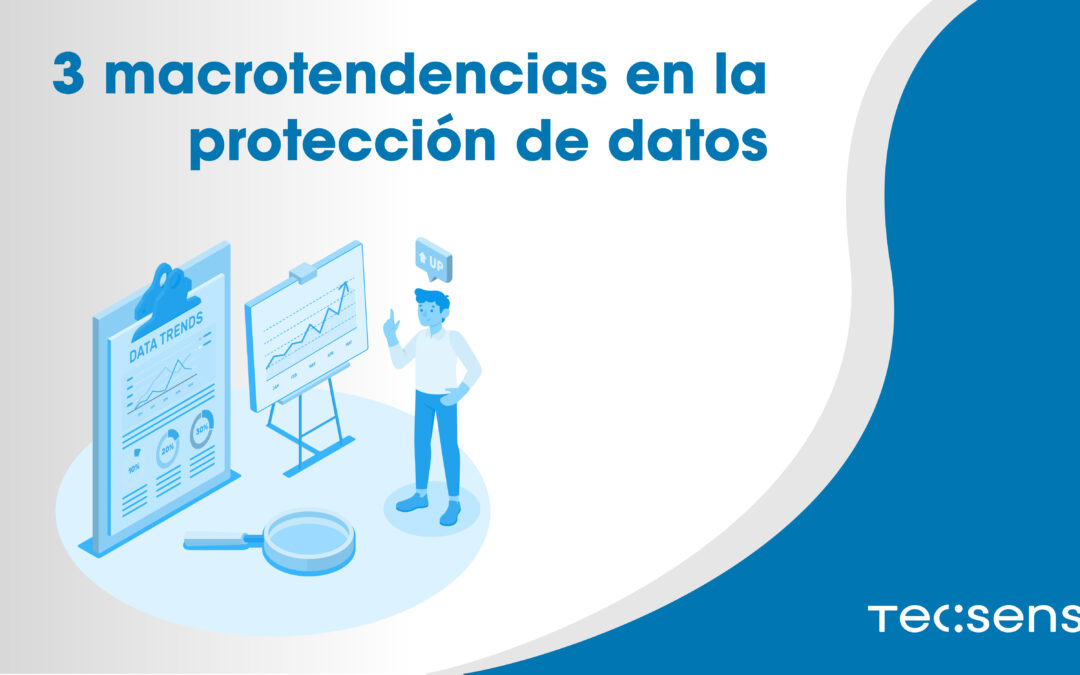At the end of 2022, extensive research was conducted that surveyed more than 4,200 information technology (IT) organizations in different countries. The goal was to understand the drivers, challenges and strategies related to data protection. The results revealed that the global data protection market continues to grow, with an expected 6.5% increase in budgets allocated to this area by 2023. This increase is significantly higher than the forecasts of Gartner and IDC, who forecast an increase of 5.1% and 5.2%, respectively, in global IT spending. Next, we will talk about what is collected in this study and the main 3 macro trends in data protection.
3 major macro trends in data protection
The study identified three major macro trends in data protection that are shaping the current landscape:
Hybrid infrastructure
Physical servers and virtual machines have stabilized at about 50% of an organization’s overall IT infrastructure, while the rest is in the cloud, on both physical and virtual servers. Although 2023 sees a slight resurgence of data centers compared to the cloud, this can be attributed to the need to upgrade aging infrastructures that were constrained during the pandemic. However, forecasts indicate a gradual decline in data center infrastructure in favor of cloud-based services. In this context, modern data protection solutions must offer equal capabilities across all three architectures (physical, virtual, and cloud) and adapt to the fluidity of workloads moving between different clouds and facilities.
Enterprise backup
For the second year in a row, infrastructure-as-a-service ( IaaS) and software-as-a-service (SaaS) protection is positioned as the most sought-after and essential attribute in an enterprise backup solution. This is not surprising considering the growing adoption of the cloud. Protecting enterprise applications, such as Oracle or SAP HANA, is the second most common requirement in these solutions. Reliability also stands out as an important criterion because legacy backup solutions designed for physical data center environments may not be effective in protecting modern workloads in the cloud. Cloud-hosted protection is presented as a priority and adjacent in this context.
Kubernetes
Containers, particularly Kubernetes, are emerging as a widespread production platform. However, as with the early adoption of software as a service (SaaS) and virtualization, there are disparities in data protection strategies. On the one hand, equal representation in the definition of data protection is highlighted, which is positive. On the other hand, the most common way to protect containers is through the protection of the underlying storage.
In short, the growth of the global data protection market is evident, and organizations are increasing their budgets to address these challenges. Trends in hybrid infrastructure, enterprise backups, and the rise of containers show the importance of adapting to changing needs and ensuring efficient protection across architectures and platforms.




